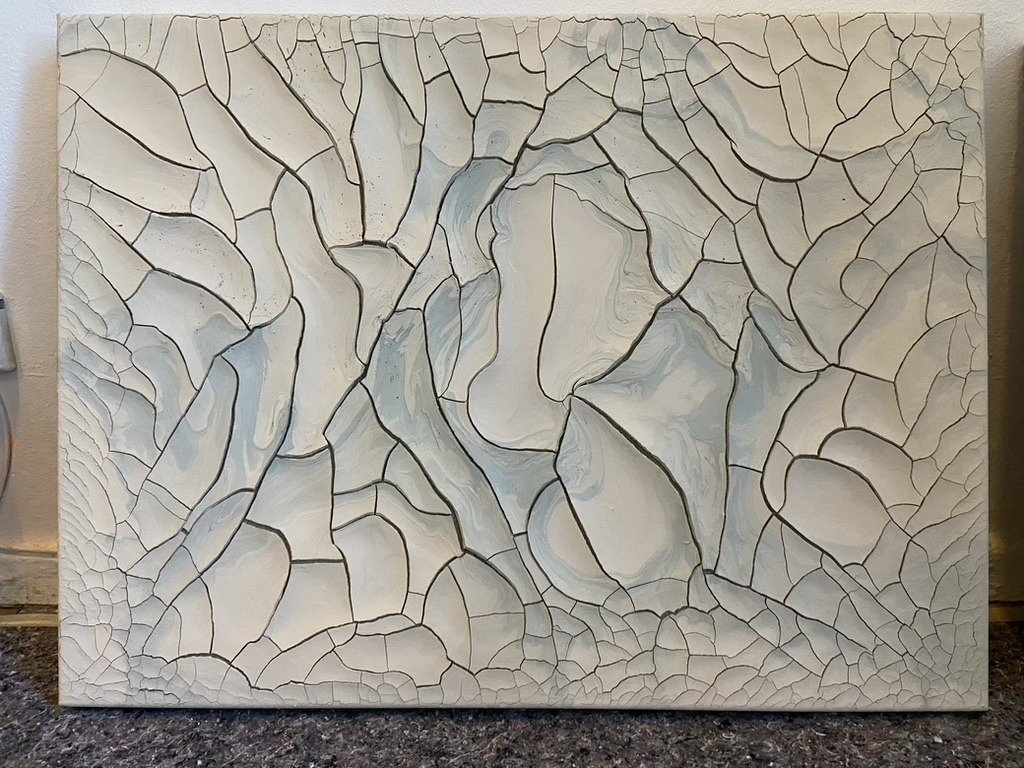RESIDENT
Luis Carrera-Maul
MÉXICO
ARTIST BIO:
Luis Carrera-Maul (b. Mexico City, 1972) is a visual artist, curator and art professor. He received his Master’s degree in arts teaching at the Faculty of Arts and Design (FAD) at the National Autonomous University of Mexico (UNAM). He completed his Postgraduate studies in Visual Arts at the Autonomous University of Barcelona and the University of the Arts in Berlin (UdK). Luis Carrera-Maul is the founder and director of the LAGOS – Studios and Residencies for artists, created as a platform for experimentation and exchange for national and international artists. He has received several awards and recognitions, including being a Member of the National System of Art Creators (FONCA), and the Acquisition Award in 2010 at the II Biennial of Painting Pedro Coronel. He was nominated for Best Latin American Visual Artist in the United Kingdom (LUKAS Awards, 2015), and nominated for the Prix Thun for Art and Ethics in Switzerland in 2017.
In 2018, Carrera-Maul was commissioned to produce a work for the XIII FEMSA Biennial in Mexico. He has exhibited both individually and collectively in Mexico, Spain, Argentina, England, Italy and Germany, at institutions such as the Museum of Modern Art (MAM), the National Museum of San Carlos, in Mexico City, Museum of Latin American Art (MALBA) in Buenos Aires Argentina, Barcelona Contemporary Culture Center (CCCB) at Barcelona, Spain, Pedro Coronel Museum and Francisco Goitia Museum both in Zacatecas, the Museum of Oaxacan Painters, Museum of the city in Mérida and the Art Museum of Querétaro , Mexico.
Luis Carrera-Maul currently lives and works between Mexico City and Berlin.









ARTIST STATEMENT
BODENLANDSCHAFTEN (Soil Landscapes)
I understand my artistic practice as an exploration of the forms and processes of nature. In this case the exhibition Bodenlandschaften is an exploration of the Landscape as an object of investigation. Landscape as a motif in the pictorial tradition, warns that an observing subject and an object of observation is necessary to define its visual, spatial, and conceptual qualities. In this sense, these pictorial objects resulting from dry soil transferred on canvas refer us to personal experiences in the natural landscape and a recognition of the human being as part of nature.
These works are an indication of the lack of water, of a process of drought and desertification. Water scarcity is one of the most critical problems we face as a civilization in terms of sustainability. In a short time, we have witnessed how large parts of the earth’s surface have changed dramatically and have become desert areas. The periods of droughts are becoming longer and longer because of Climate Change, which, among other reasons, force the displacement of the migrant population due to the lack of water.
Mud, clay, or any ceramic paste has this quality of referring us not only to the Earth as the place where we live, but also to the origin of life itself. From the creation myths of some religions to the very development of civilization, ceramics is a utilitarian, artistic and cult object. The ceramic material is sensual and attractive because it connects us with nature, evokes primal images of our collective unconscious, while confronting us with the aesthetic and ethical, through the artistic experience.
In this case, the apparent fragility of the works is part of the concept of the work and provokes a tension with the viewer that refers to the permanence and fragility of existence. In the best of cases these works can provoke a reflection on our responsibility towards the planet and the consequences of our own passivity and indifference.
The works developed during the residency are the continuation of a research started in Mexico a couple of years ago, now adapting the technique to the materials available in Berlin. The great diversity of ceramic pastes, fabrics and especially the pigments used, have allowed a technically and conceptually solid body of work.
The use of pigments based on soils that in their name refer to a geographical place such as “Côte d’Azur Violett” or “Gelber-marokkanischer Ocker” conjugates in the titles of the works, a topology of the Soils (Boden). In this sense the title of the exhibition Bodenlandschaften can be understood as a geological, geographical, and stratigraphic study of soils through the color palette of the soils used. The resulting works are extracts of reality, micro or macro, it refers us to our origin and essence; Nature.
























